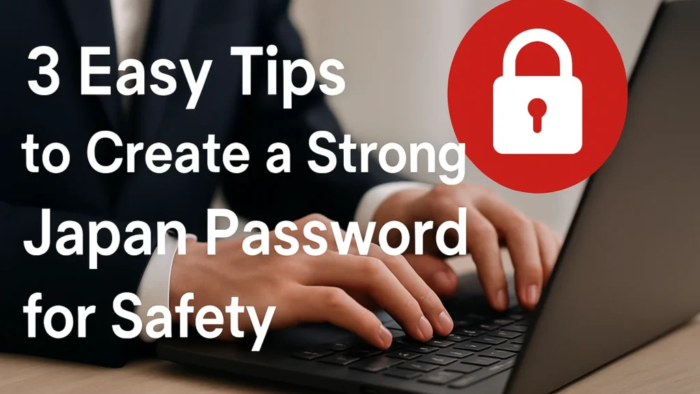Introduction: Why Passwords Matter in Japan
In today’s digital world, passwords are your first line of protection against hackers and online thieves. Whether you are logging into online banking, shopping sites, or social media, a japan password plays a key role in keeping your data safe. The problem is, many people still use weak passwords or repeat the same one for different accounts. This guide will help you understand how to create secure, memorable passwords without making it complicated.
For more details, explore my previous blog on this topic: Change WiFi password
What Makes a Strong Japan Password?
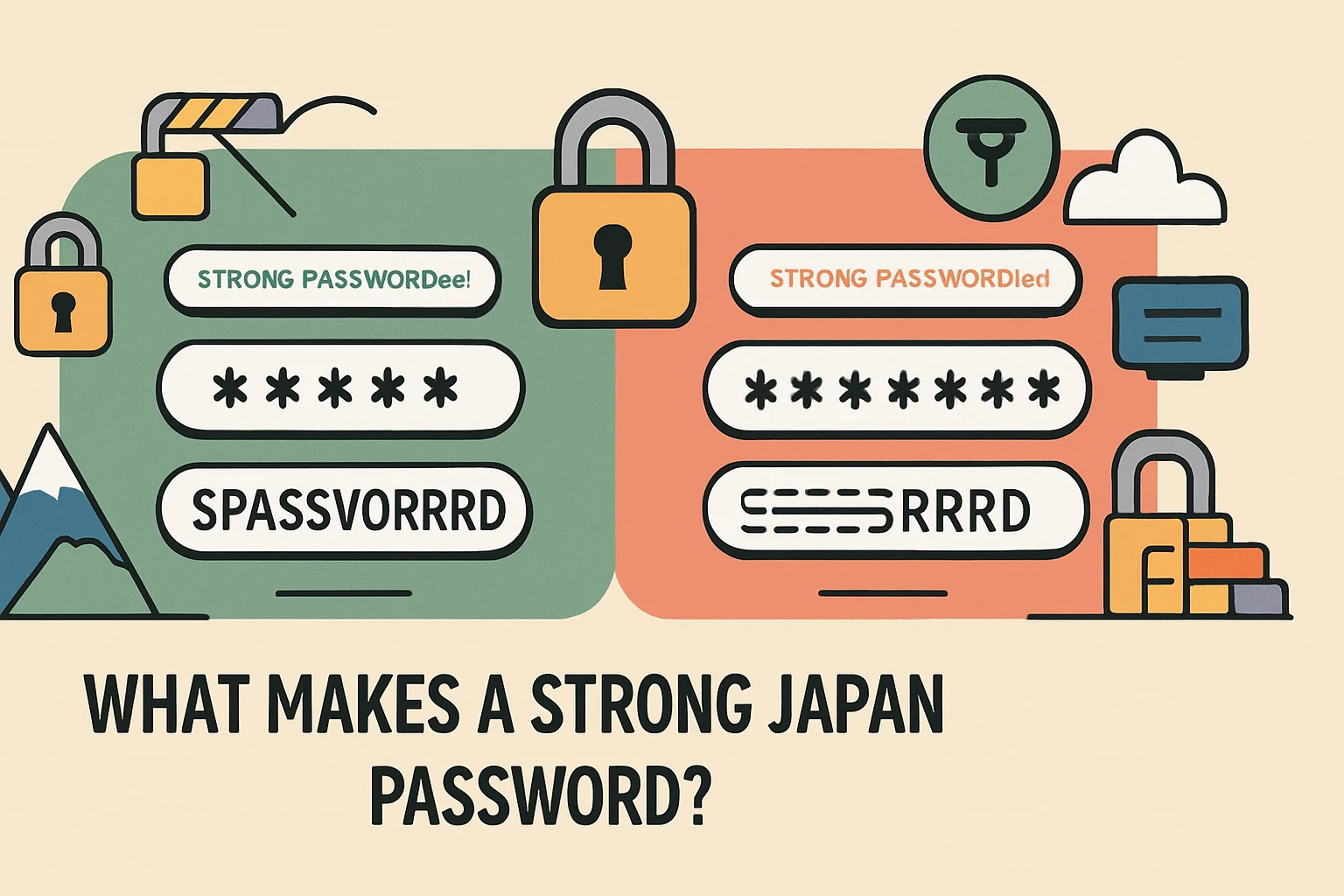
A strong password is not just about adding random characters—it’s about making it long, unique, and hard to guess. Here’s how to create one that works:
- Length matters: Aim for 12 or more characters.
- Mix it up: Use upper and lower case letters, numbers, and symbols (like !, @, or #).
- Skip personal info: Don’t use your name, birth date, or common words.
- Passphrases work well: Combine random words like Coffee!River28? Easy to remember, hard to guess.
Tip: For extra safety, change your passwords every 3–6 months, especially for important accounts like email or banking.
Common Password Mistakes in Japan
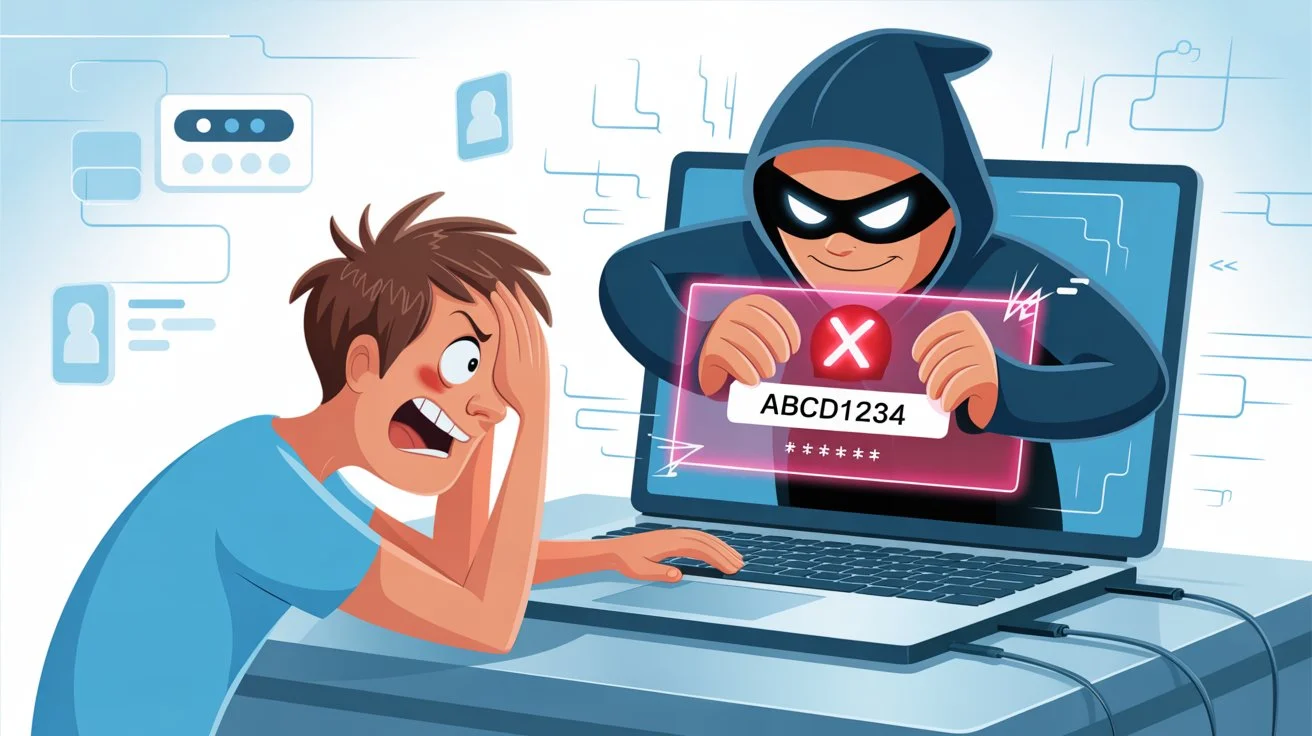
Many users in Japan unintentionally put their online safety at risk. Common mistakes include:
- Using the same password for different accounts.
- Choosing simple patterns such as abcd1234 or yamada2025.
- Skipping two-factor authentication (2FA), which adds an extra step of protection.
Quick Fix: Use a password manager like LastPass, Bitwarden, or 1Password. These tools store all your passwords securely and can generate new, strong ones for you.
How to Create a Memorable (But Secure) Japan Password

You don’t need a jumble of nonsense to stay secure. Instead, try these creative and easy methods:
- Turn a phrase into a password: Take a favorite saying like “I love sushi in Tokyo!” and turn it into ILsushiT0ky0!.
- Use acronyms: “My best friend Ken is 30 years old” could become MBFKi30yo!.
- Add Japan-inspired elements: Something like MountFuji@2025 or Sakura🌸Rain! can be unique and personal.
Safety Check: Use free online tools like Kaspersky Password Checker or NordPass Strength Test to see how strong your password really is.
What to Do If You Forget Your Japan Password
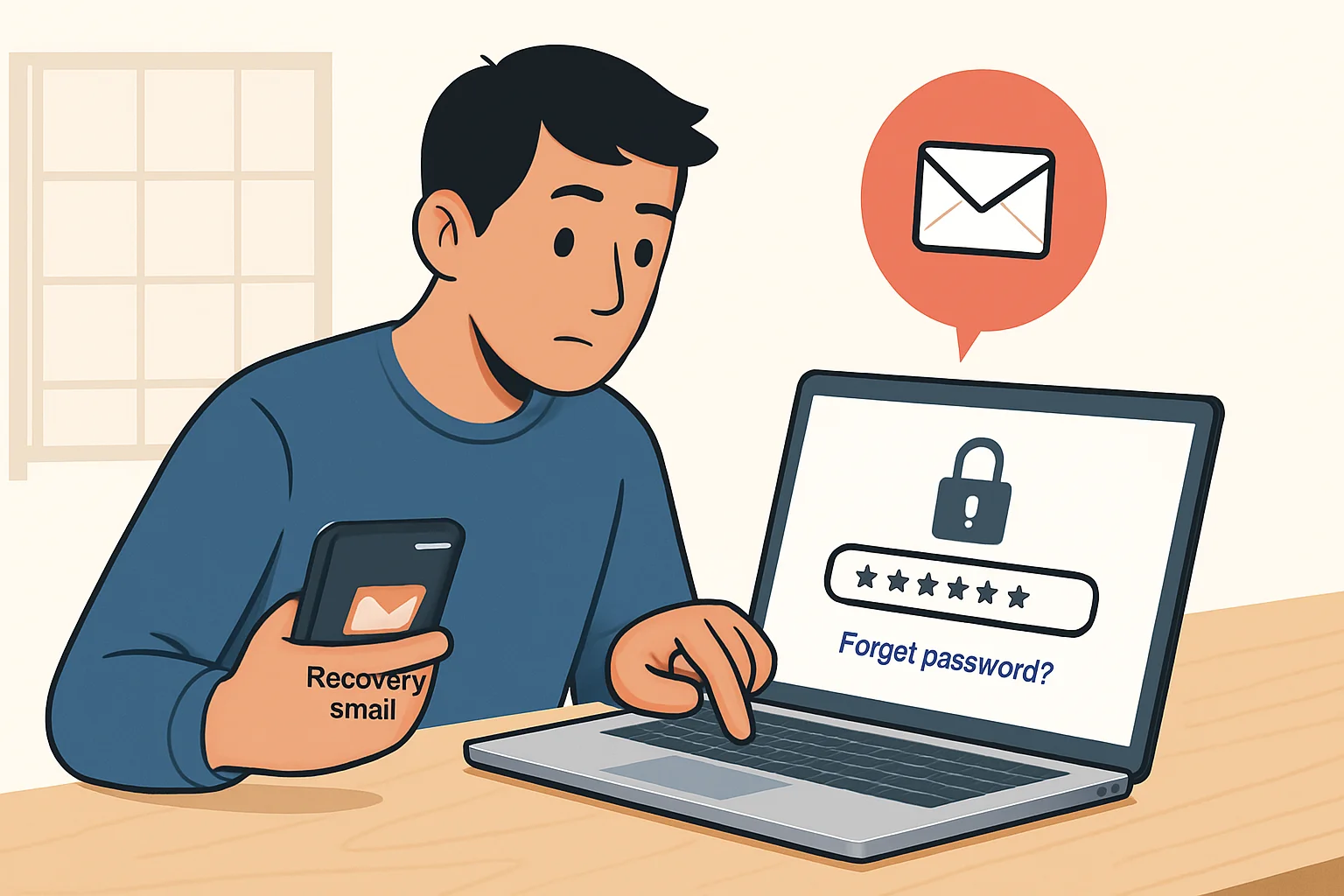
Losing a password can be stressful, but it’s easy to recover if you follow these steps:
- On the login page, click “Forgot Password?”.
- Follow the steps in your email or phone.
- Set a new and unique password.
Important: Never share a password reset code with anyone, even if they claim to be “support staff.” Always enable backup recovery options such as a second email or phone number for extra safety.
Why Updating Your Japan Password Is Important
Cyber threats are always changing. Hackers develop new tricks every year, and old passwords are easier to crack over time. By updating your passwords regularly, you close the door to possible security breaches. For sensitive accounts like banking, update every 3–6 months; for less critical accounts, once a year is fine.
Conclusion: Lock Down Your Digital Life
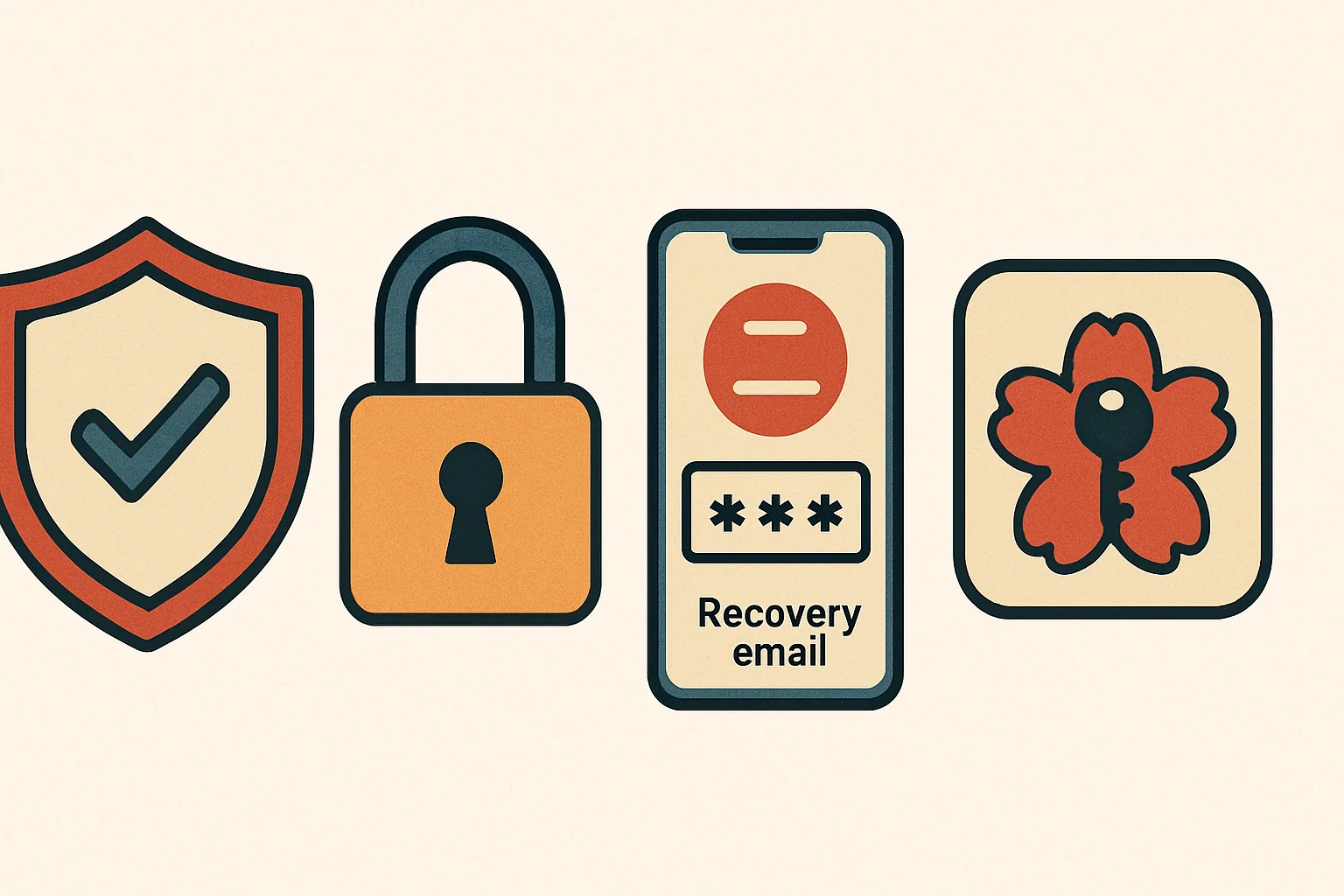
Your japan password is like the key to your online home. If it’s strong, unique, and updated often, you protect yourself from most cyber threats. Make it a habit to:
- Upgrade weak passwords
- Enable two-factor authentication
- Store passwords securely
By doing these simple things, you can keep your online life safe and stress-free.
FAQs About Japan Passwords
Q1: How often should I change my passwords?
Every 3–6 months for important accounts. Once a year is enough for less sensitive ones.
Q2: Are Japanese websites safer than international ones?
Not always. Check for “https\://” and a padlock 🔒 before typing your password.
Q3: Should I write down my passwords?
Only if stored safely, like in a locked drawer. A password manager is a better option.
Q4: What is 2FA, and do I need it?
Two-factor authentication adds another step, like a text code. Always use it for important accounts.
Q5: Can I use emojis in my passwords?
Some sites allow it, but not all. If you’re unsure, stick to letters, numbers, and symbols.

